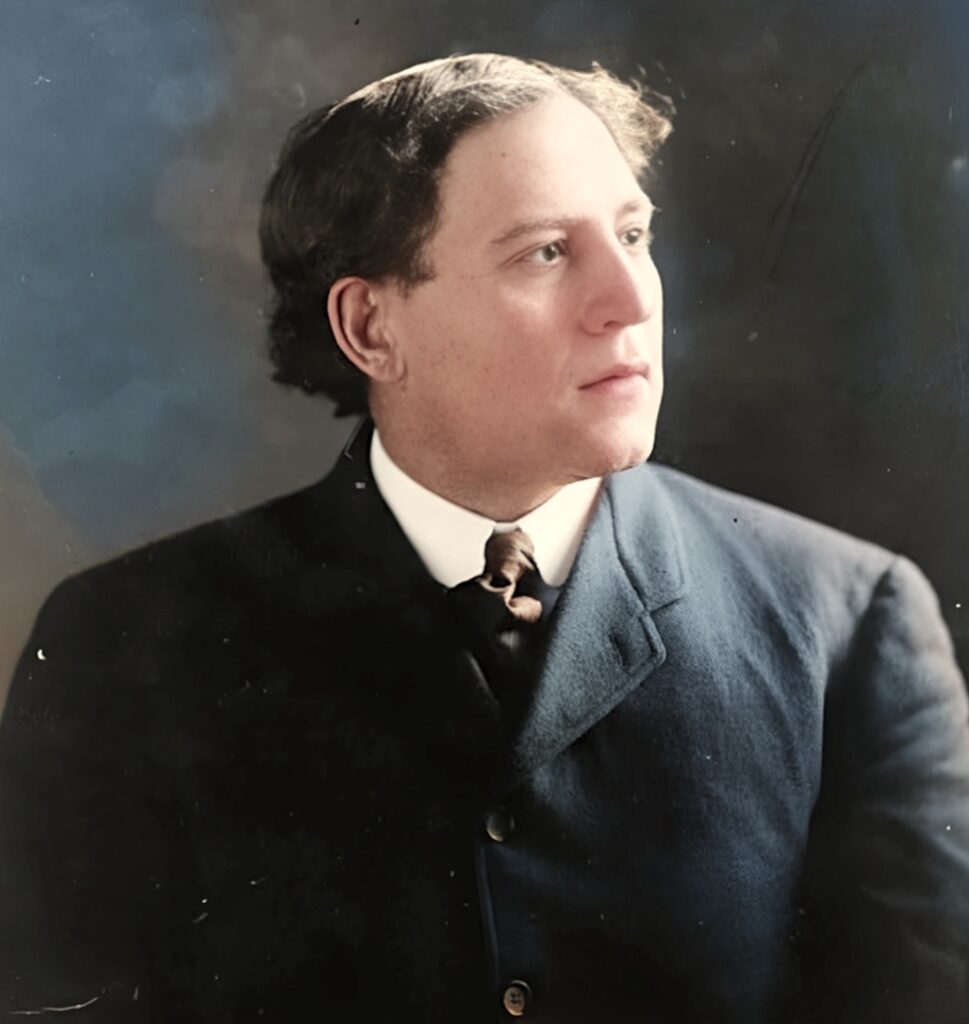
Sports: Football & Basketball
Born: August 16, 1862
Died: March 17, 1965
Town: West Orange, New Jersey
Bright and physically fit, he spent much of his free time as a boy playing baseball. Amos was often the pitcher in these early games, snapping off deliveries with the underhand motion proscribed by the rules of the day, and was fascinated by technique and strategy—what was called the “scientific” side of baseball. Football was a brand-new game when he was a boy and he didn’t play until he was 16, as a student at Phillips Exeter Academy, an elite boarding school in New Hampshire. He was a participant in the very first games of the heralded gridiron rivalry between Exeter and Andover.
Amos attended Yale in his 20s and became one of the nations top football players during the 1880s. He played end and was a member on the first-ever All-America team. After graduation, Amos was offered a chance to play baseball professionally, but turned it down, feeling it was an unsuitable occupation for a man of letters. Yet, Amos was always thinking about baseball. During his time at Yale, he invented a practice device that is still in use today: the batting cage.
Amos decided to embark on a career in physical education and enrolled at the Young Men’s Christian Training College in Springfield, MA. He coached the football team at Springfield and made the acquaintance of a legendary lacrosse and rugby player from Canada, James Naismith, who was an instructor at the school. In 1892, Amos participated in the first public demonstration of Naismith’s brainchild, “Basket-Ball.” He was on the losing side of a 5–1 score, but made his team’s only goal. Though he left Springfield for his first job at the University of Chicago a short time later, he was already thinking of ways to tweak Naismith’s brainchild. Amos would help move the game into its current five-on-five format at Chicago, ultimately earning enshrinement in the Basketball Hall of Fame.
Amos’s main focus at the University of Chicago was the development of the football team into a national powerhouse. He coached the Maroons for 40 years and during that time he either devised, promoted or popularized the on-side kick, quick kick, man in motion, quarterback bootleg, end-around, lateral pass and Statue of Liberty play. “Coach Stagg” (as he was known throughout the sport) also developed the linebacker position and is credited with the invention of the tackling dummy, hip pads, goal-post padding, and the tradition of varsity letters. Somewhere in there he found time to eat.
The Maroons were the de facto national champions in 1905 and 1913. The 1905 team went 11–0 and featured three-time consensus All-American Walter Eckersall and future Hall of Fame coaches Jesse Harper and Hugo Bezdek. The 1913 squad fashioned a 7–0 record, with each win coming against a major school. Fritz Crisler, another future Hall of Fame coach, was a star on that team. In all, Amos won seven Western Conference and Big Ten conference titles—and was still going strong at age 70 when he was forced out of his job because the university felt he was too old for the strenuous task of coaching football. Amos moved to California, where he coached the University of the Pacific team right through World War II and won five more conference championships.

In 1947, Amos finally stepped down as a head coach and joined the coaching staff at Susquehanna College in Pennsylvania, where is son Amos Jr. ran the football program. He stayed on as an assistant through the 1952 season—during which time he was inducted into the College Football Hall of Fame—and then moved back to California.
For several more years, Amos coached kickers at the University of the Pacific. In the end, he outlived most of the people who insisted he was too old to coach. He passed away in 1965 at the age of 102. All told, including his two years coaching in Springfield, his teams won 314 games, lost 199 and tied 35.